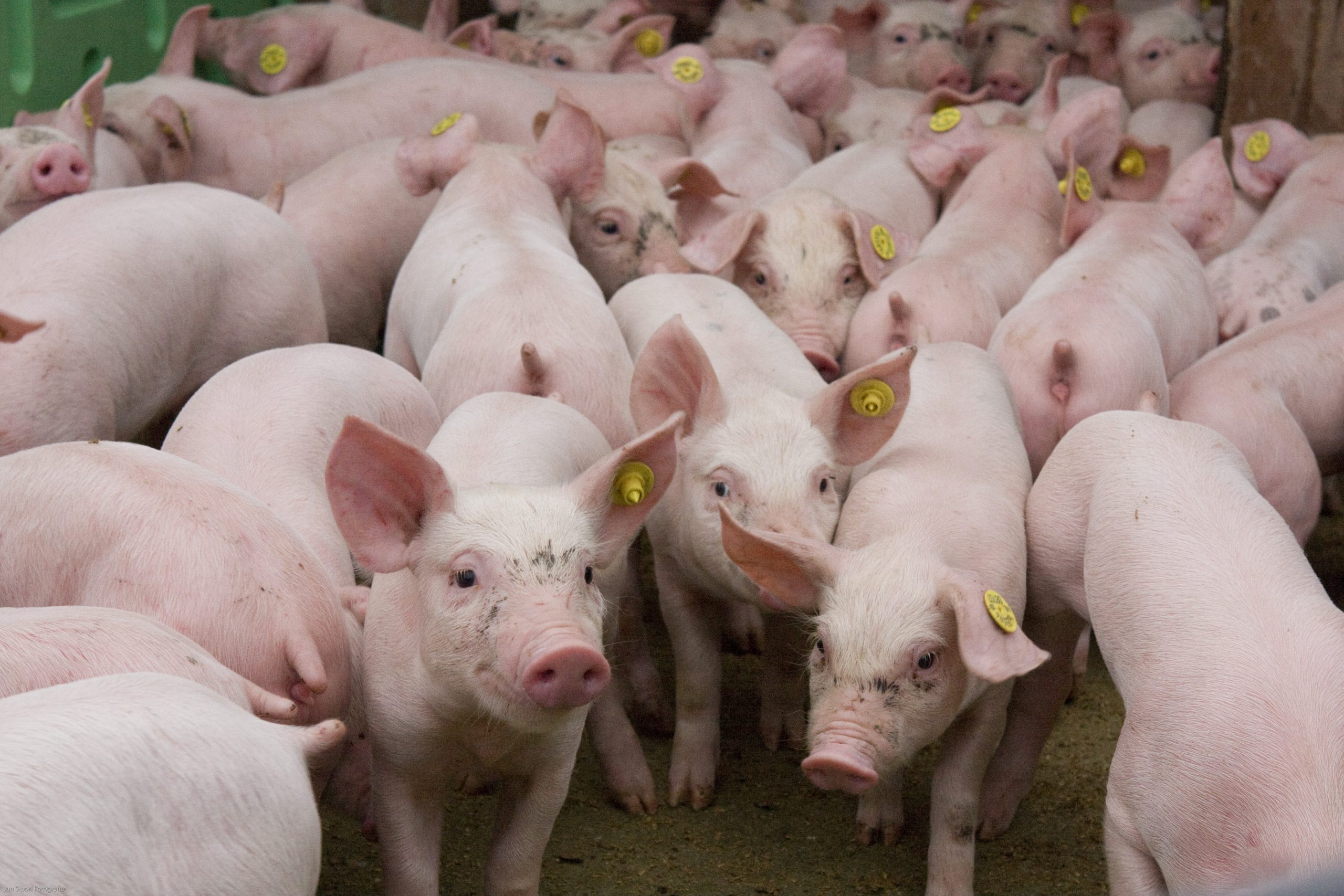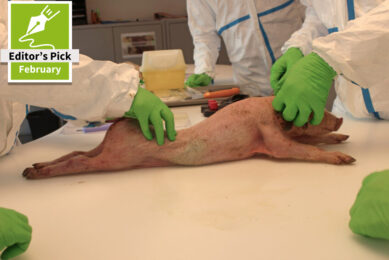New work on digestible calcium for pigs

A new project by the University of Illinois and funded by AB Vista, aims to develop the foundation of a working digestible calcium (Ca) system for use in commercial pig diet formulations.
The research project, led by the university’s Professor of Animal Science Hans H Stein, initially aimed to generate standardised total tract digestibility (STTD) values for Ca across a range of common feed ingredients, to improve precision feeding in growing pigs.
“The end goal is to establish the requirement for digestible Ca for all groups of pigs. We would then be able to formulate diets based on the requirement for digestible phosphorus and digestible Ca. Ultimately, this would enable more precise feed formulation and nutrient supply, resulting in improved phosphorus, amino acid and Ca digestibility, which would positively influence growth performance, skeletal integrity and feed efficiency.”
Ca intake from ingredients often overlooked
According to Dr Carrie Walk, one of AB Vista’s Senior Research Managers, the contribution of Ca from dietary ingredients other than limestone or phosphate sources is often overlooked when considering feed formulation.
“Due to its low cost and abundant supply, Ca in the form of Ca carbonate or limestone is often added to as a flow agent, diluent or carrier in numerous feed ingredients. If the addition of Ca from these ingredients is not accounted for in the formulation, analytical Ca in the final diets can be as high as 20% more than expected. Unlike for phosphorus, there is currently no system to enable accurate formulation for digestible or available calcium. And, with Ca being such an important nutrient for growth and skeletal development, pig nutritionists are appropriately cautious when formulating Ca into their diets in order to avoid deficiency,” Walk explained.
A blast from the past! Study of pig diet looks at calcium in canola meal
[Source: AB Vista]











